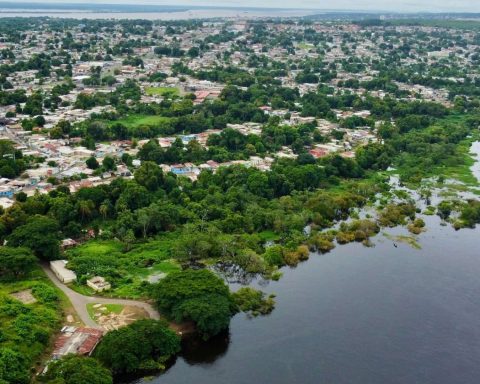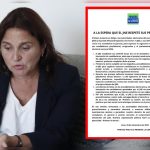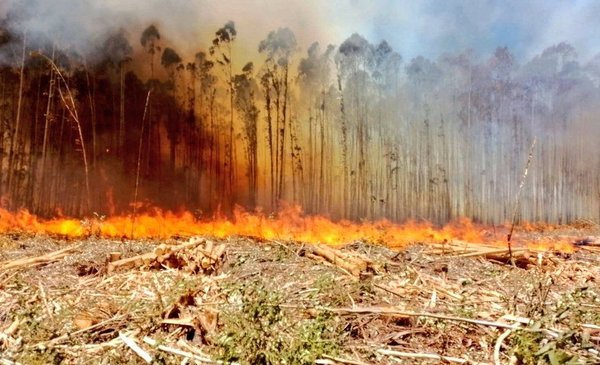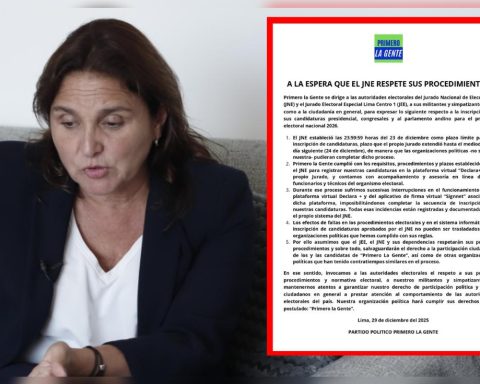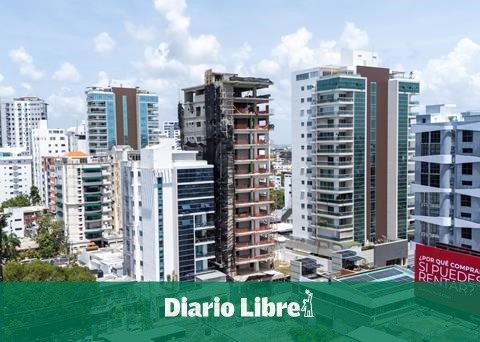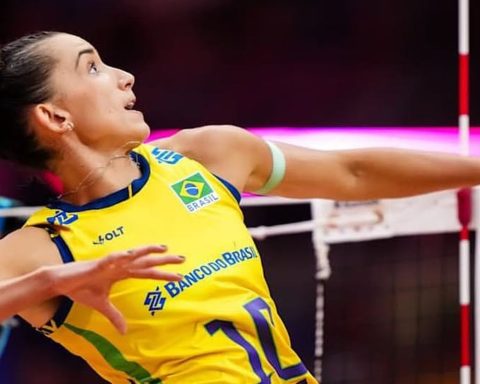Delcy Rodríguez met with bank representatives to finalize actions that allow increasing financing to productive areas. We will have to wait if among the plans is to reduce the legal reserve, which has prevented the sector from granting more loans. According to Sudeban, bank credit intermediation improved in the last year, going from 14.94% to 27.55%
Officials from the sectoral economic cabinet met this Friday, January 13, with representatives of public and private banks to agree on guidelines that allow them to increase the delivery of credits to the country’s productive sectors.
The Superintendency of Banking Sector Institutions (They sweat) reported that the meeting was attended by Executive Vice President Delcy Rodríguez, Sector Vice President of Economy, Tareck El Aissami; the President of the Central Bank of Venezuela (BCV), Calixto Ortega and the Superintendent of Banks, Antonio Morales. Nicolás Maduro Guerra, deputy of the Permanent Economic Commission of the pro-government National Assembly, also attended.
The organization highlighted that the meeting had “the purpose of operationalizing financing measures for productive projects in the country, this as part of the lines of work established by the National Executive, for the development and strengthening of the national economy.
Executives from the banks Venezuela, Treasury, Bicentenario, Agrícola de Venezuela, Banesco, Provincial, Bancaribe, Banco Venezolano de Crédito, Sofitasa, Exterior, Del Sur and members of the board of the Venezuelan Banking Association (ABV) participated in the meeting.
Delcy Rodríguez delimited the need to work together in order to achieve the project proposed with the ruler Nicolás Maduro, who asked the private banks to participate in the dialogue process that is taking place in the country, as well as to be participants in the growth of the economy. . In his Annual Message to the AN On Thursday, January 12, Maduro instructed the economic team “to expand the financing of private and public banks, to promote economic growth in all sectors that produce goods and wealth for the country.”
The monetary and exchange policy implemented by the Maduro administration through the BCV, It has caused a decrease in the delivery of loans to natural and legal persons, to the point that the sector is at its lowest level in its ability to lend (financial intermediation). The high legal percentage that has been imposed on banks prevents them from strengthening their financing plans, so we will have to wait if the next actions to improve this issue include a reduction in the banking reserve, which is today at 73%.
* Also read: Venezuelan banks reach the lowest level of their ability to grant credit
Bank loans grow 759%
The Superintendency of Banking Sector Institutions (They sweat) reported that the national bank shows at the end of December, “positive results in its main variables and financial indicators”, when compared with the same period of the previous year, noting that deposits from the public grew 365%, the loan portfolio increased 759% with a decrease in delinquency to 0.46% and credit intermediation improved to 27.55%.
“In the period December 2021 – December 2022, total banking assets grew 336.51%, going from 29,878 million December bolívares to 130,421 million bolívares. This result was driven, among other factors, by the increase in the loan portfolio by 759.19%, being the agri-food sector the one that led this growth by 573.39%, while microcredits increased by 1,473.07% with greater emphasis on entrepreneurs,” said Sudeban in a press release.
He indicated that deposits from the public for the same period of comparison grew 365.77%, going from Bs 9,992 million to Bs 46,539 million, while equity reflected a growth of 459.91%, that is, it went from Bs 5,459 million to Bs 30,561 million at the end of 2022.
Regarding the financial performance indicators of the national banking sector, in the comparison December 2021 – December 2022, delinquency decreased from 2.95% to 0.46%; credit intermediation improved from 14.94% to 27.55%; while the return on equity rose from 8.52% to 27.83% and the equity solvency from 53.91% to 66.60%.
Post Views: 167


